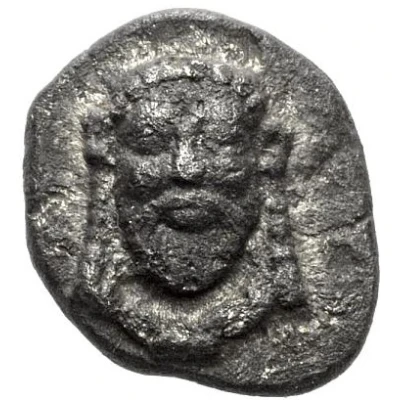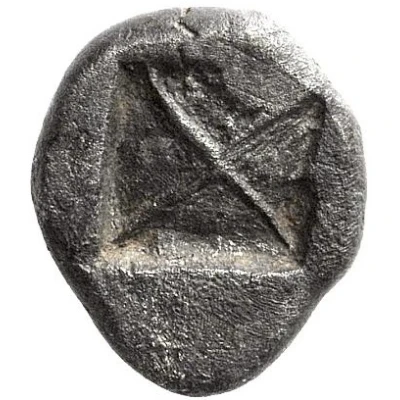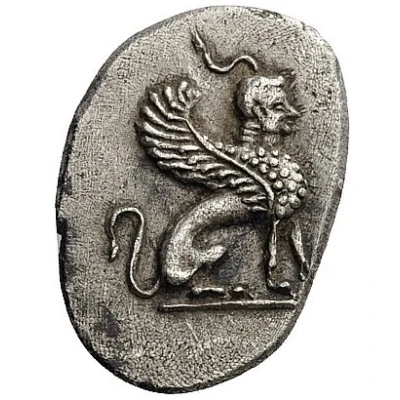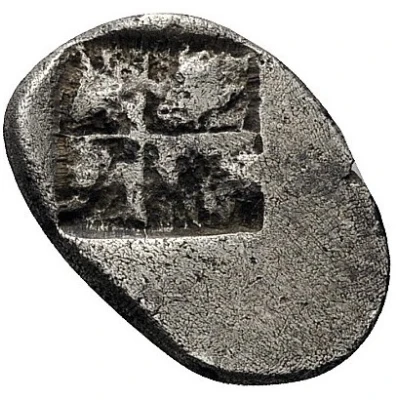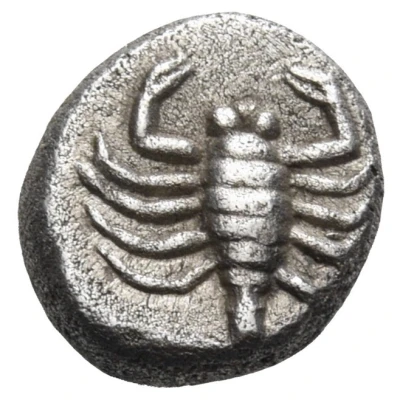
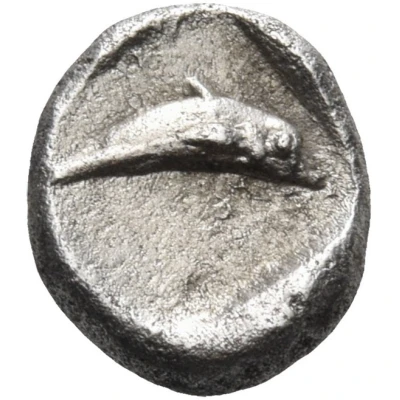

© Nomos AG
Diobol 450 BC - 400 BC
| Silver | 1.03 g | 10.0 mm |
| Issuer | Uncertain Thraco-macedonian city (Thraco-macedonian region) |
|---|---|
| Type | Standard circulation coin |
| Years | 450 BC - 400 BC |
| Value | Diobol (⅓) |
| Currency | Drachm |
| Composition | Silver |
| Weight | 1.03 g |
| Diameter | 10.0 mm |
| Shape | Round (irregular) |
| Technique | Hammered, Incuse |
| Orientation | Variable alignment ↺ |
| Demonetized | Yes |
| Updated | 2024-10-10 |
| Numista | N#237668 |
|---|---|
| Rarity index | 100% |
Reverse
Dolphin swimming right, within a lozenge-shaped incuse square
Interesting fact
The Diobol coin was used as a form of currency in ancient Thrace, which is now modern-day Bulgaria, Greece, and Turkey. It was made of silver and weighed around 1.03 grams, making it a relatively small coin. Despite its size, the Diobol was an important part of the ancient Thracian economy and was used for everyday transactions. It's interesting to note that the Diobol coin has a unique design, featuring an image of a mythical creature called a "satyr" on one side and an image of a grapevine on the other. The satyr is depicted with a large grin and a raised hand, as if he is inviting the viewer to join in on a celebration. The grapevine image is thought to represent the rich agricultural traditions of the Thracian people. Overall, the Diobol coin is a fascinating piece of history that gives us a glimpse into the daily life and culture of ancient Thrace.
